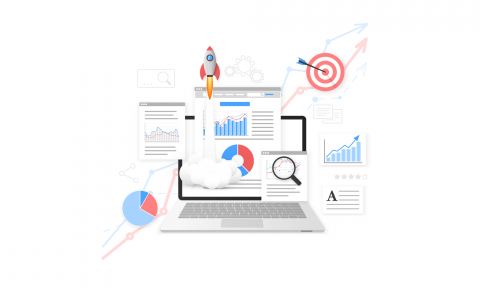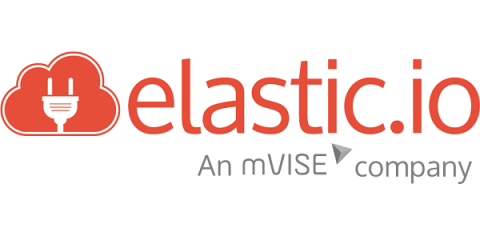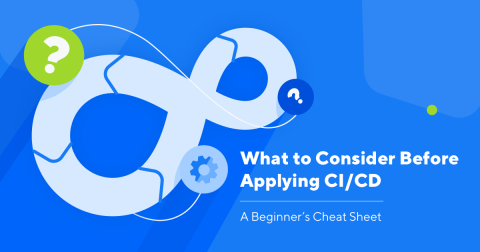Ingesting data from AWS s3 to Snowflake using Stitch
Stitch is a very simple yet very powerful cloud service which connects to a diversity of data sources. It is a very user-friendly ingestion system and works in a very simple format. Stitch connects to the data sources, pulls the data and loads the data to a target. In this blog, I am going to connect to Amazon S3, read a file and load the data to Snowflake but first let’s understand few concepts of Stitch. For Stitch to work you need an Integration and a Destination.








